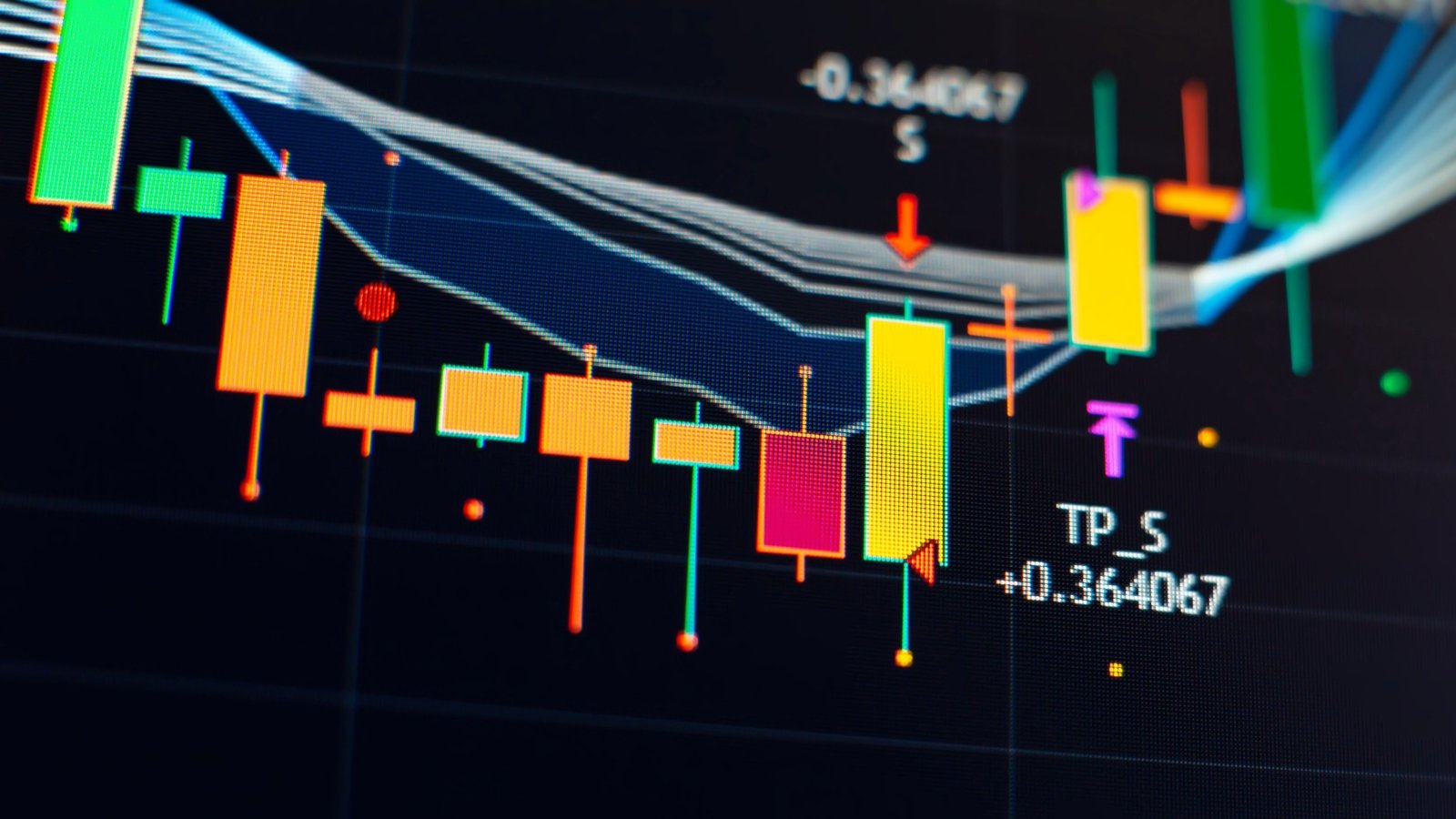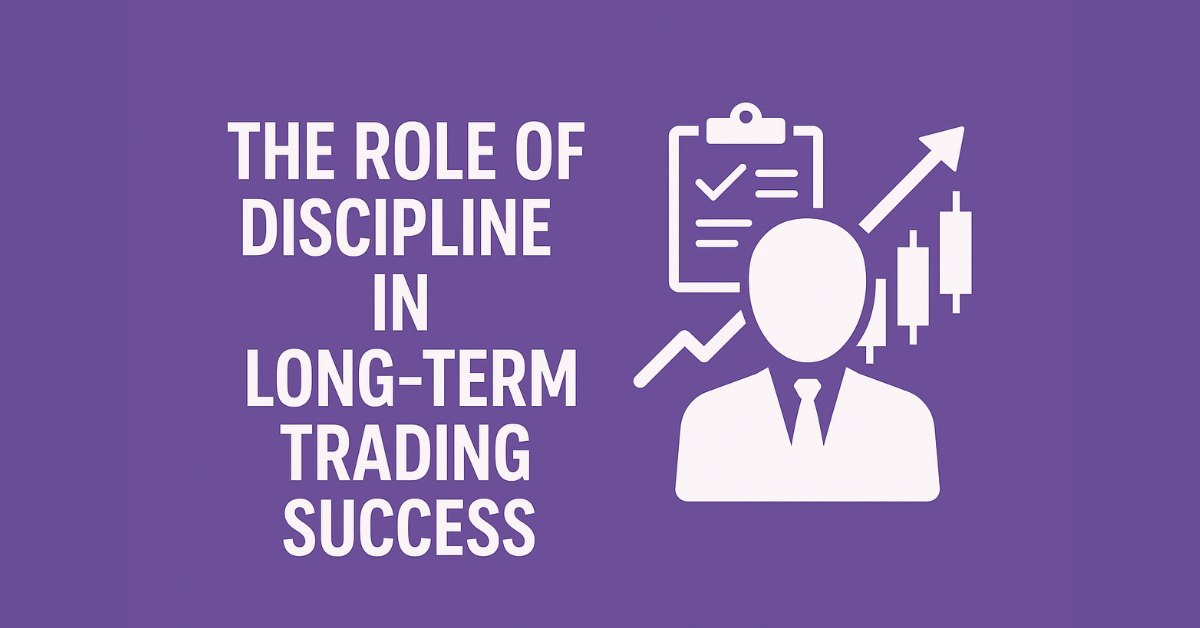
Forex indicators and tools are vital resources that simplify market analysis, making it accessible to traders at all levels. Indicators provide insight into price movement, trends, and potential market reversals, helping traders make informed decisions.
Key Types of Forex Indicators
- Trend Indicators: These help identify market direction. Common examples include:
- Moving Averages: Smooth out price data to reveal trends.
- MACD (Moving Average Convergence Divergence): Shows the strength of trends and potential reversals.
- Momentum Indicators: These measure the speed of price movements, helping traders gauge market strength.
- RSI (Relative Strength Index): Indicates overbought or oversold conditions.
- Stochastic Oscillator: Compares a particular closing price to a range of prices over time.
- Volatility Indicators: These measure price fluctuations, helping traders understand market stability.
- Bollinger Bands: Show how prices move relative to a central moving average, indicating volatility.
- Volume Indicators: These analyze the strength of a trend by measuring the amount of trading activity.
- On-Balance Volume (OBV): Combines price and volume data to gauge buying/selling pressure.
Essential Forex Tools
- Economic Calendar: Lists upcoming economic events that may impact currency values. Traders use this tool to prepare for high-impact news releases.
- Trading Platforms: MetaTrader 4 and TradingView are popular platforms offering charting tools, indicators, and analysis features.
- Position Size Calculators: Help traders determine the correct lot size based on their risk tolerance and account balance.
- Currency Correlation Tools: Show relationships between different currency pairs, allowing traders to diversify or manage risk effectively.
How to Use Indicators Effectively
- Combine Different Types: Using trend indicators with momentum indicators, for example, can provide stronger trade signals.
- Adapt Indicators to Timeframes: Shorter timeframes may work better with momentum indicators, while longer ones suit trend indicators.
- Limit the Number of Indicators: Too many indicators can clutter your analysis. Focus on a few key ones.
Choosing the Right Indicators for Your Style
- Scalping: Short-term traders may prefer momentum indicators like RSI for quick signals.
- Swing Trading: Medium-term traders often combine trend and volume indicators.
- Position Trading: Long-term traders benefit from trend indicators like moving averages.
Conclusion
Forex indicators and tools are crucial for analyzing market trends, spotting opportunities, and managing risk. With the right combination, traders can develop a strong, data-backed trading approach that enhances their success in Forex trading.




